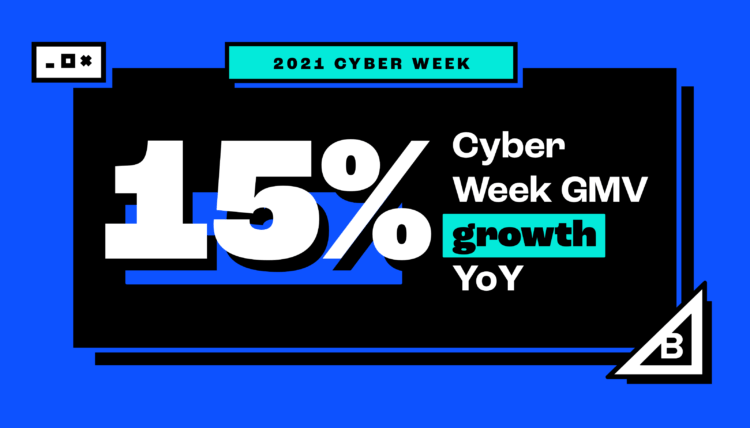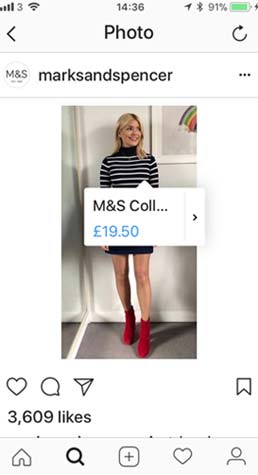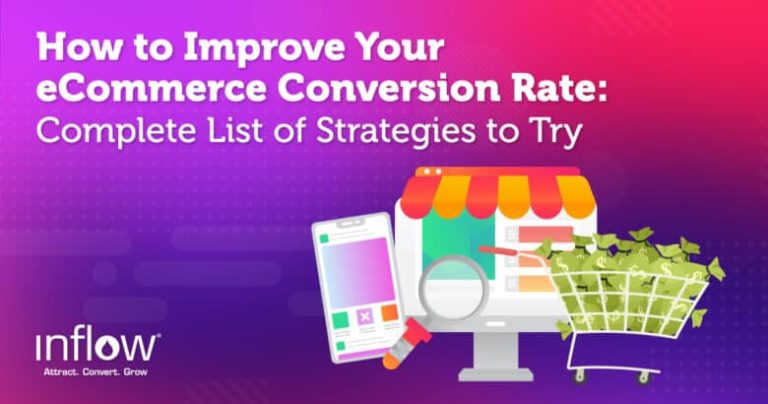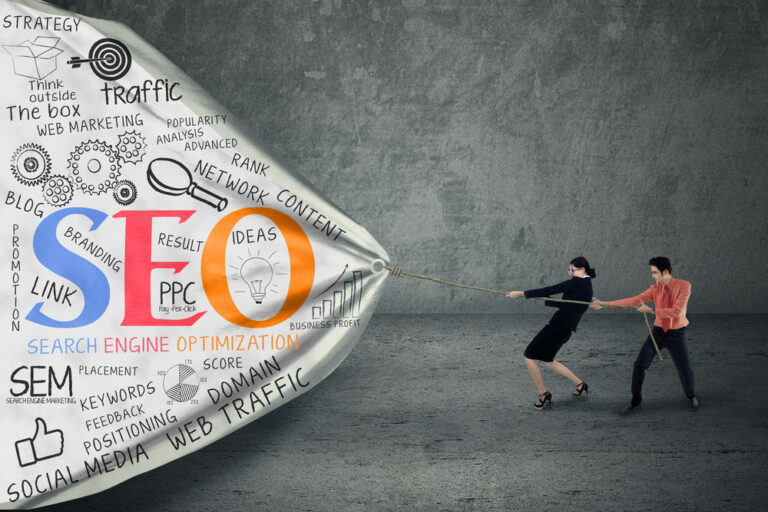Luxury Brands were projected to account for global sales of approaching 258 billion Euros last year (Bain). And they don’t simply sell themselves. Marketing luxury goods involves an insightful approach to understanding the customers, what motivates them to buy and how they chose to do it.
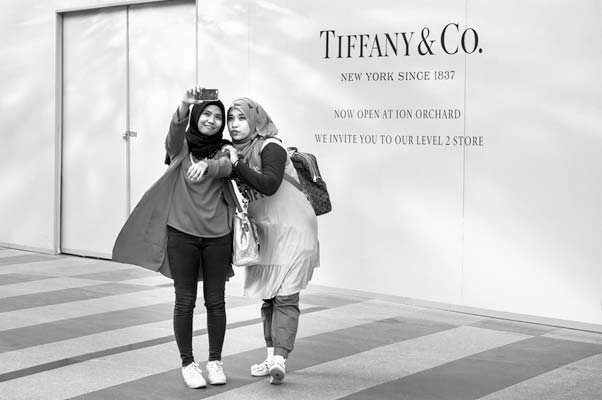
How old are the millionaires?
According to Shullman, there are around;
- 10 million Baby Boomer millionaires
- 5 million Millennial millionaires
- 4 million Generation X millionaires
The same analyst identifies online as the most important channel and the ‘millennial state of mind’ as an important focus as Generation Z and Millennials are set to represent 45% of the global luxury goods market by 2025. An interesting market segment of luxury market millennials are described by Cegid, as ‘HENRY’ Standing for ‘High Earners Not Rich Yet’ these are 25 – 34 year olds with a household income of £100 – £250K. They don’t spend as much on luxury goods as the super-rich but the market is around seven times larger.
According to one of the Bain report authors, Claudia D’Arpizio, while luxury brands have traditionally celebrated their own heritage, they need to move to celebrating their customers passions, enabling their self-expression.
Meanwhile, luxury brands also do well to remember the Baby Boomers remain their bread and butter, or should that be caviar and foie gras? According to demographics expert Ken Dychtwald, reported by Skift, over 50s have 70% of the nations disposable income and 76% of the net worth.
1. Travel Retail Marketing
Almost half of luxury goods are bought by customers who are traveling. According to Deloitte, an astounding 15% of luxury goods are bought at an airport and a further 31% in a foreign market. The proportion rises to 60% for consumers from emerging markets.
The Airport Golden Hour
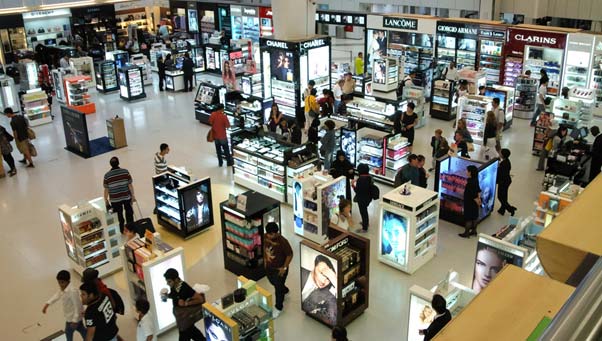
The great thing about selling at an airport is that its possible to predict who is going to be walking into your shop. At Heathrow, World Duty Free Group uses flight data to ensure speakers of the right languages are available along with the right goods for the market. According to the Economist, Courvoisier and Hennessy are proudly displayed for flights to Barbados in the morning only to be replaced by cheaper brands for afternoon flights to USA and Norway.
L’Oreal places such high importance on airport retail that it refers to it as it’s ‘sixth continent’ and it has identified digital as an important part of the buying journey for travellers with a click and collect offer enabling consumers to order and pay for goods online but to pick them up at airport duty free outlets.
2. Research Stage Search Engine Marketing for Luxury Goods
Travellers ordering their luxury goods online and picking them up at the airport reflect the way many luxury goods are bought. While the majority are still bought instore, according to Google 65% of affluent shoppers say they want to touch and feel a product before purchase, the same report says that 75% research online before buying and 68% use a search engine.
63 million searchers aren’t reached on Google
For luxury brands that means paying close attention to optimising for research key words. Being found for ‘Latest Gucci Bags’, ‘Compare High End Handbags’ etc will not always result in a sale through their site but it may be instrumental in the eventual sale. According to a report in the Harvard Business Review, customers who combine instore and online spend an average of 4% more in store and 10% more online.
3. Using Bing to reach affluent luxury shoppers
Luxury goods marketers should include the oft neglected Bing search engine into their plans. While google has around 90% of the market, according to Smart Insights, there are 63 million searchers who aren’t reached on Google and Bing claims that nearly a third of its network audience has a household income of $100,000.
Bing is often characterised as being used at a workplace where the browser is tied own or by older users and its own data says 53% are over 45. So if that’s your customers demographic, Bing really ought to be part of your strategy.
4. Is Google Shopping the right place for luxury goods?
Luxury retail marketers are picky about how their goods are displayed and there is something about a row of similar products with little more than a brand name, an image and a price which fails to delight some luxury merchandisers. Nevertheless, there are many advantages to consider.
Google Shopping can be great for brand awareness. Your product and brand are proudly displayed along with the price. For many non-buying browsers that price will deter them from clicking through, at least for now. And without the cost of the click you have increased awareness of your brand.
Negative keywords protect your luxury brand being found for ‘cheap’ keywords
And with diligent attention to your use of negative keywords you can avoid rubbing virtual shoulders with the company you would rather not be keeping. Obvious exclusions are terms like ‘bargain’, ‘cheap’ and ‘best value’ but also consider inappropriate brand names.
For example, if you are selling beds in the luxury market do you really want to be found for ‘Argos Beds’. If you are using broad match search terms with a plethora of words being added to your carefully chosen keywords, you need to keep a close eye on the terms which are applied and exclude anything inappropriate.
5. Is Facebook advertising ‘downmarket’?
Facebook is big, as big as you can get, and luxury retail is as far from mass market as Facebook is big. But one of the strengths of Facebook is the way it can be used to reach carefully defined audiences. The ability to upload existing customer’s details is an instant plus. Luxury customers are, of course, more likely to continue to be luxury customers. And then there are their friends. Luxury shoppers tend to be friends with other luxury shoppers.
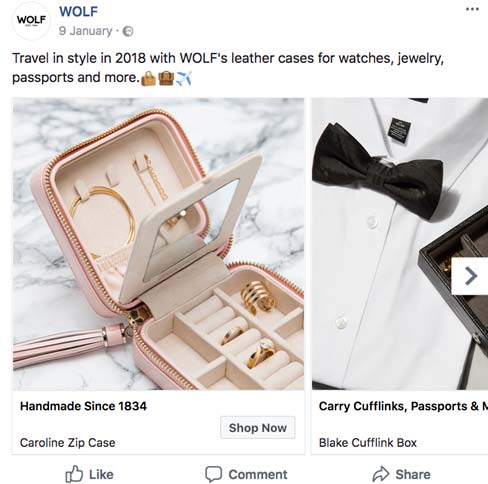
Excellent returns on investment are possible by being a little more sophisticated. Custom audiences can be based on your current customers. When that’s overlaid with those who have, for example, engaged with lookalike audiences who have also engaged with luxury travel brands you find yourself engaging with an interested audience.
Geo-location is another benefit of using Facebook Advertising
It can as precise as a small radius for a dropped pin. Affluent communities can be targeted, of course. As can, bored Facebook browsers who can be tempted from their airport lounge. I once spoke to the manager of a luxury kitchen showroom who told me that 80% of his customers lived within a mile of his store. Facebook’s geo targeting could have been made for him.
6. Anti-counterfeiting content marketing strategies
You want potential customers to search for your brand, but how do you feel when they prefix it with the word ‘cheap’, ‘fake’ or ‘counterfeit’?
Louis Vuitton is one of the world’s most counterfeited brands. And when you search for ‘Cheap Louis Vuitton’ the first result you see is Louis Vuitton’.
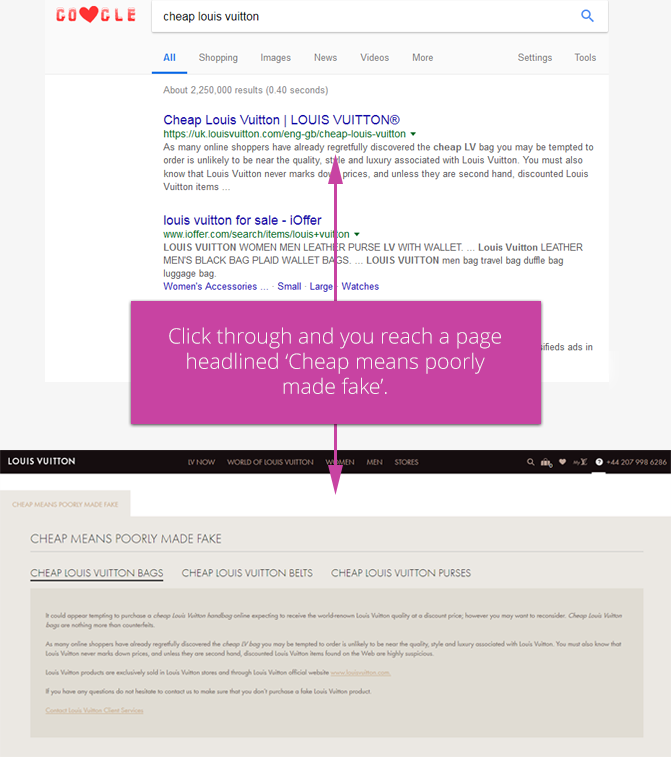
By optimising for ‘Cheap Louis Vuitton’ they have successfully diverted at least a proportion of the traffic to their own site and driven sellers of their products at discounted prices further down the page. A search for ‘Fake Louis Vuitton’ returned the official Louis Vuitton site at position three.
Largely amongst other sites offering advice on how to spot the real thing but with the top spot taken by a market place apparently selling Louis Vuitton branded bags and scarves at distinctly back-of-van prices.
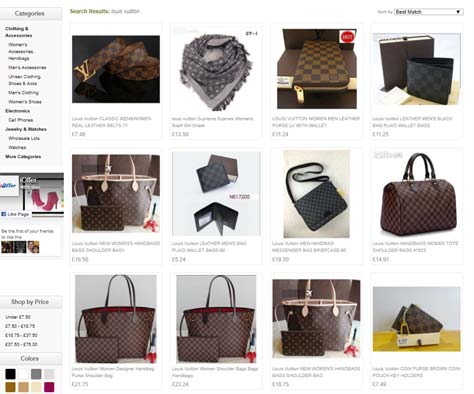
Creating and optimising pages to harvest searches for fake, grey market and otherwise illegitimate products is a great onsite SEO strategy.
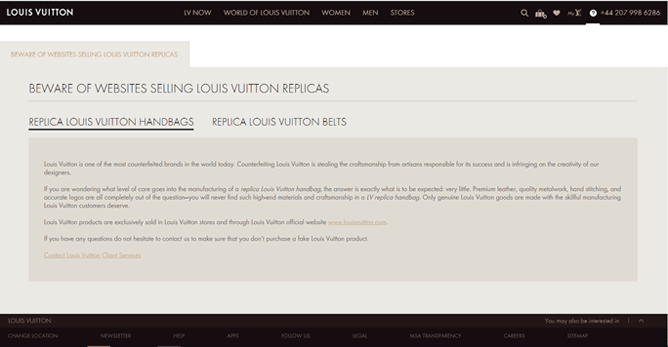
But it’s going to take a lot of work to dominate even the first page of search results. It needs to be part of a wider strategy to increase brand authority through Content Marketing and Digital PR.
7. Blockchain authentication for luxury goods
Blockchain is best known as the technology behind bitcoin. Think of it as a register which can be amended but not copied or duplicated.
That means there is only one version and that version is true. That means you can create a reliable audit trail and evidence of authenticity.
A QR code will give every consumer a digital certificate of authenticity
It’s a solution that is being developed by a number of companies including VeChain, also a Crypto currency, formed by Sunny Lu, the former Louis Vuitton Chief Information officer for China.
Another blockchain based system produced by arc-net and reported by Securing Industry is being used by Luxury Scotch Whisky distillery Ardnamurchan.
A QR code on each bottle of its 2017AD Spirit will give every consumer a digital certificate of authenticity, proof of provenance and the integrity of the supply chain. It won’t stop bargain hunters knowingly buying fakes but will help discerning luxury shoppers who want to know they are buying the genuine item.
So it’s clear to see that there are more ways than ever before to reach high net worth individuals in the ever-changing world of luxury marketing.
To keep up-to-date with all the latest digital marketing trends and statistics, subscribe to the ThoughtShift Guest List, or request a free digital marketing analysis.

